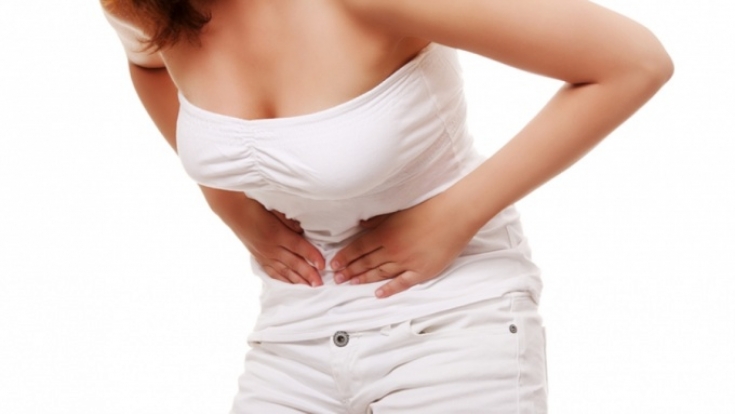Every girl knows firsthand about the pain in the lower abdomen during menstruation. Such an unpleasant phenomenon makes many curl up and not go out anywhere in the first 3 days of "critical days". In medicine, this uncomfortable and painful sensation is called dysmenorrhea or algomenorrhea. And this is a natural physiological process that happens every month. What is the nature of abdominal pain during menstruation? Why do they arise? Do they carry danger? All these questions will be answered by the editors of estet-portal.com.
What is the nature of menstrual pain
Periodal pain begins in adolescence and subsides over time. And after giving birth, they completely disappear. This is due to the fact that after the birth of a child, the uterus is greatly stretched and its contraction is felt rather weakly.
This unpleasant phenomenon has a different character for every woman. Someone is calmly going through this difficult period, and someone drops out of life, writhing from pain. Some have moderate pain during menstruation, others – aching, for the third – cramping, while the fourth – stabbing.
About 70% of women of reproductive age during "critical days" experience aching pains in the abdomen.
Menstrual pain often radiates to the lower back, thighs, or sacrum. Dysmenorrhea may also be accompanied by:
• general malaise;
• weakness;
• headache;
• nausea;
• vomiting;
• loss of consciousness;
• intestinal upset;
• rising temperature;
• increased sensitivity of the mammary glands;
•
• 1st – the most common and easiest. The woman feels only a slight malaise, which practically does not prevent her from doing daily activities. But under certain circumstances, mild dysmenorrhea can turn into a more complex form.
• 2nd – this is already an average level of severity, which is characterized by severe pain, dizziness, nausea, chills and general weakness. The woman is emotionally depressed, irritated and depressed. All this negatively affects its performance.
• 3rd – the worst severity. According to its characteristics, it is the same as the second, only here all the symptoms are more intense. Other unpleasant manifestations are also possible: fever, vomiting, pain in the heart, tachycardia, fainting. With this degree of severity, painkillers are of little help.
Pain during menstruation is primary and secondary. In the first case, they are of natural origin, since they occur naturally 1-2 years after the first menstruation. And in the second case, such phenomena have an acquired character. Unlike primary, secondary algomenorrhea occurs 3-4 days before the onset of menstruation. And when menstruation comes, it manifests itself more strongly.
Primary pains are related to the individual physiological characteristics of the body. Conducting numerous studies, scientists have come to the conclusion that pain in " Also, the cause of dysmenorrhea may be a slight deviation of the position of the uterus back. In this case, the organ presses on the nerve centers, resulting in pain in the lumbar region, as well as a feeling of heaviness in the lower abdomen.

Experts say that the predisposition to pain during menstruation is often inherited – from mother to daughter.
Secondary algomenorrhea – a condition resulting in serious diseases of the reproductive system:
• endometriosis;
• uterine fibroids;
• polycystic ovaries;
• adenomyosis;
• varicose veins of the small pelvis;
• fibroma;
• inflammatory processes of the genital organs;
• adhesions in the abdominal cavity.
• excitability of the central nervous system;
• increased activity of the thyroid gland;
• anomalies in the development of the reproductive organs;
• bends of the body of the uterus;
• scars after abortions, miscarriages or low-quality pelvic surgery.
With endometriosis, the endometrium is not rejected, but begins to grow in the uterus or in another organ of the reproductive system. If the pathology is observed in the uterus, then such tissue creates adhesions, as a result of which the stomach hurts a lot. Also, menstruation often becomes painful as a result of wearing an intrauterine device.
Pain during menstruation: is it dangerous
Pain during menstruation – serious danger to women. This condition is bad for the female psyche. Representatives of the beautiful half of humanity, experiencing discomfort in the lower abdomen, become irritable, restless and distracted. They also suffer from apathy and depression. But the worst thing is that such phenomena lead to menstrual irregularities and even infertility.
Pain during menstruation – This is not a sentence, but a normal physiological phenomenon. In some cases, it serves as a "bell" that warns of a serious illness.






Add a comment